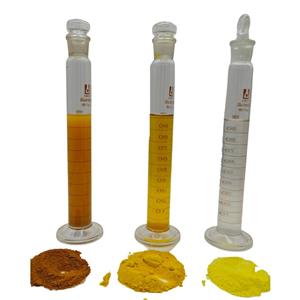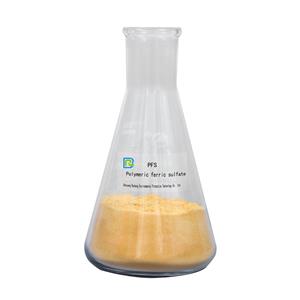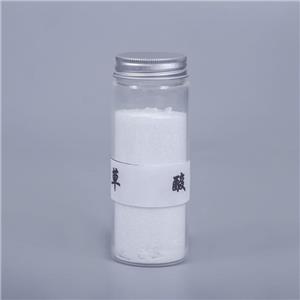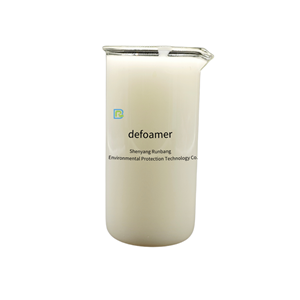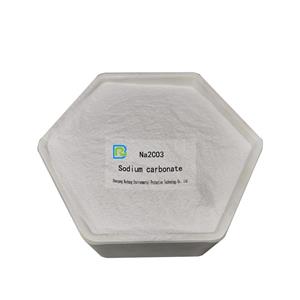-
Hot
Sodium carbonate
Before the synthetic soda ash, it was found in ancient times that certain seaweeds contained alkali in the ashes burned after drying, and brown alkali could be obtained for washing after leaching and filtering with hot water. A large amount of natural alkali comes from minerals, mainly buried underground or in lakes of alkaline water. The highest grade of natural alkali ore exists in the sedimentary layer and is widely distributed. The earliest invention of synthetic soda ash method is at the end of the 18th century, France Lubran used mannite plus limestone and coal at high temperature reduction and carbonation, to get the crude product - black ash containing mainly Na2CO3, after leaching, evaporation, refining, recrystallization, drying, to obtain heavy soda ash with purity of about 97%. 1861 Belgium Ernest Solvay invented soda ash alone and had obtained a patent. Due to the protection of technical secrets has not been able to be applied on a large scale, only in the 1920s from the United States breakthrough, especially the famous Chinese chemical expert Hou Depeng in 1932 published a book "soda ash manufacturing", will be kept secret for 70 years, Solvay method published in the world. Hou Depeng also created Hou's alkali making method in 1939-1942 and established a pilot plant in Sichuan. 1952 saw the establishment of a joint alkali making plant in Dalian Chemical Factory. Soda ash manufacturers in our country have several production areas, we have cooperation, our company can provide lower cost soda ash according to the customer's destination port
Send Email Details

